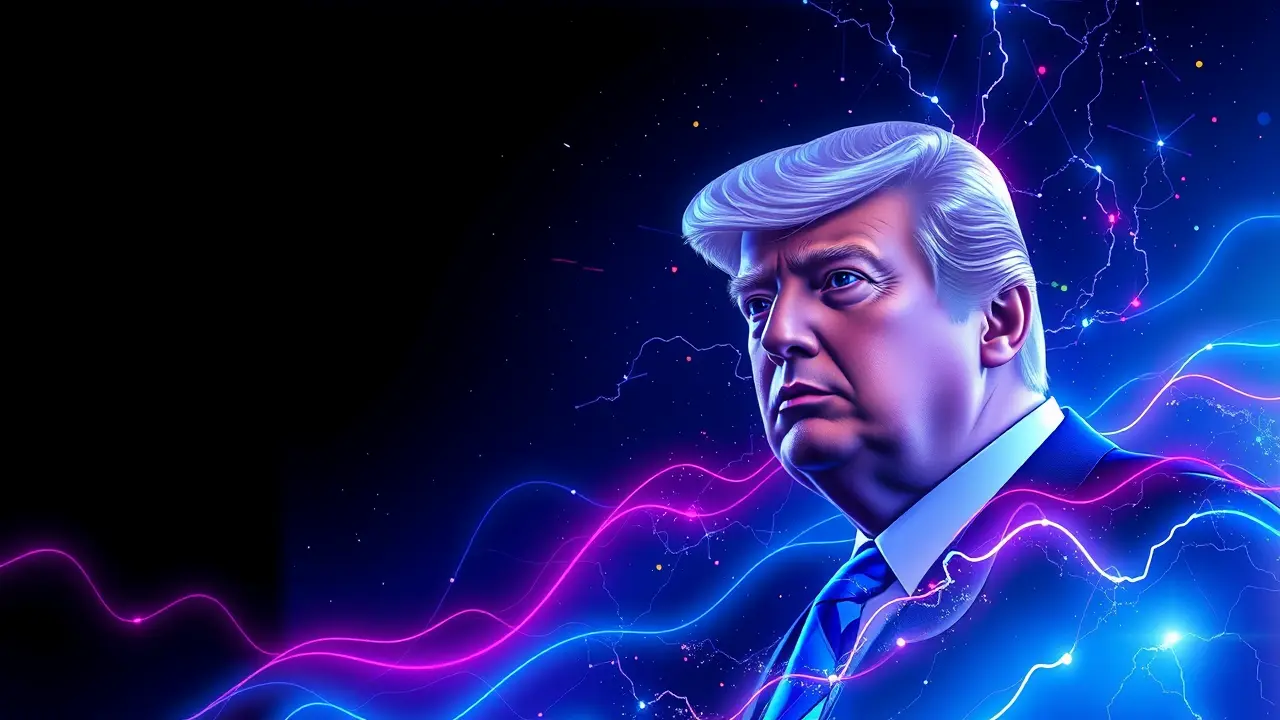Trump Threatens 100% Tariff on Chinese Imports.
In a move that echoes the most contentious chapters of his first administration, former President Donald Trump has once again brandished the weapon of tariffs, threatening to impose a staggering 100% levy on Chinese imports in retaliation for Beijing's new export controls on rare earth elements. This is not merely a policy proposal; it is a declaration of economic warfare, a gambit that harks back to the bitter trade conflicts of the late 2010s and threatens to plunge the global economy back into a state of profound uncertainty.The immediate catalyst is China's strategic play to restrict the flow of rare earths—those seventeen obscure but utterly indispensable metals critical for everything from F-35 fighter jets and guided missiles to the electric vehicles and smartphones that define modern life. By targeting this chokepoint, China is leveraging its near-monopoly, controlling over 80% of global refining capacity, in a clear demonstration of geoeconomic power.Trump’s response, however, is characteristically maximalist, promising to double down on the tariff strategy that defined his first term, a period marked by tit-for-tat escalations that saw the U. S.impose duties on hundreds of billions of dollars of Chinese goods, from semiconductors to furniture. The threat of a 100% tariff is not an incremental adjustment; it is a seismic escalation, potentially pushing the effective tax rate on a vast swath of consumer and industrial goods to levels not seen since the Smoot-Hawley era, a historical parallel that should give every observer pause.Recall that in April, mere speculation about intensified trade friction was enough to fan fears of a global recession, sending shockwaves through financial markets and prompting dire warnings from the International Monetary Fund. A full-blown implementation of this threat would be the economic equivalent of throwing a lit match into a powder keg, likely triggering immediate inflationary pressures on American consumers, disrupting complex global supply chains that have only just begun to recover from pandemic-era shocks, and forcing U.S. allies to choose sides in a deepening Cold War-style economic divide.The historical precedent is grim: protectionist spirals have a notorious habit of deepening economic downturns, as nations retreat behind tariff walls, global trade contracts, and growth stagnates. From a strategic perspective, Trump’s threat reveals a fundamental belief in the efficacy of raw economic coercion, a school of thought that stands in stark contrast to the more multilateral, alliance-building approach of the current administration.Yet, one must question the long-term wisdom of such a strategy. While aiming to punish China for its mercantilist policies and protect American industrial interests, a 100% tariff could prove to be a blunt instrument that inflicts as much, if not more, damage on the U.S. economy and its key partnerships.It would inevitably raise costs for American manufacturers reliant on Chinese components, invite devastating retaliatory measures against U. S.agricultural exports, and potentially fracture the fragile consensus among G7 nations on how to collectively manage the China challenge. The situation demands a Churchillian level of statecraft—a firm resolve coupled with strategic foresight. The world now watches to see if this is merely campaign trail rhetoric or a genuine preview of a second Trump term, a period that could be defined not by diplomatic engagement, but by a relentless and risky economic confrontation with profound consequences for the global order.
It’s quiet here...Start the conversation by leaving the first comment.
© 2025 Outpoll Service LTD. All rights reserved.
